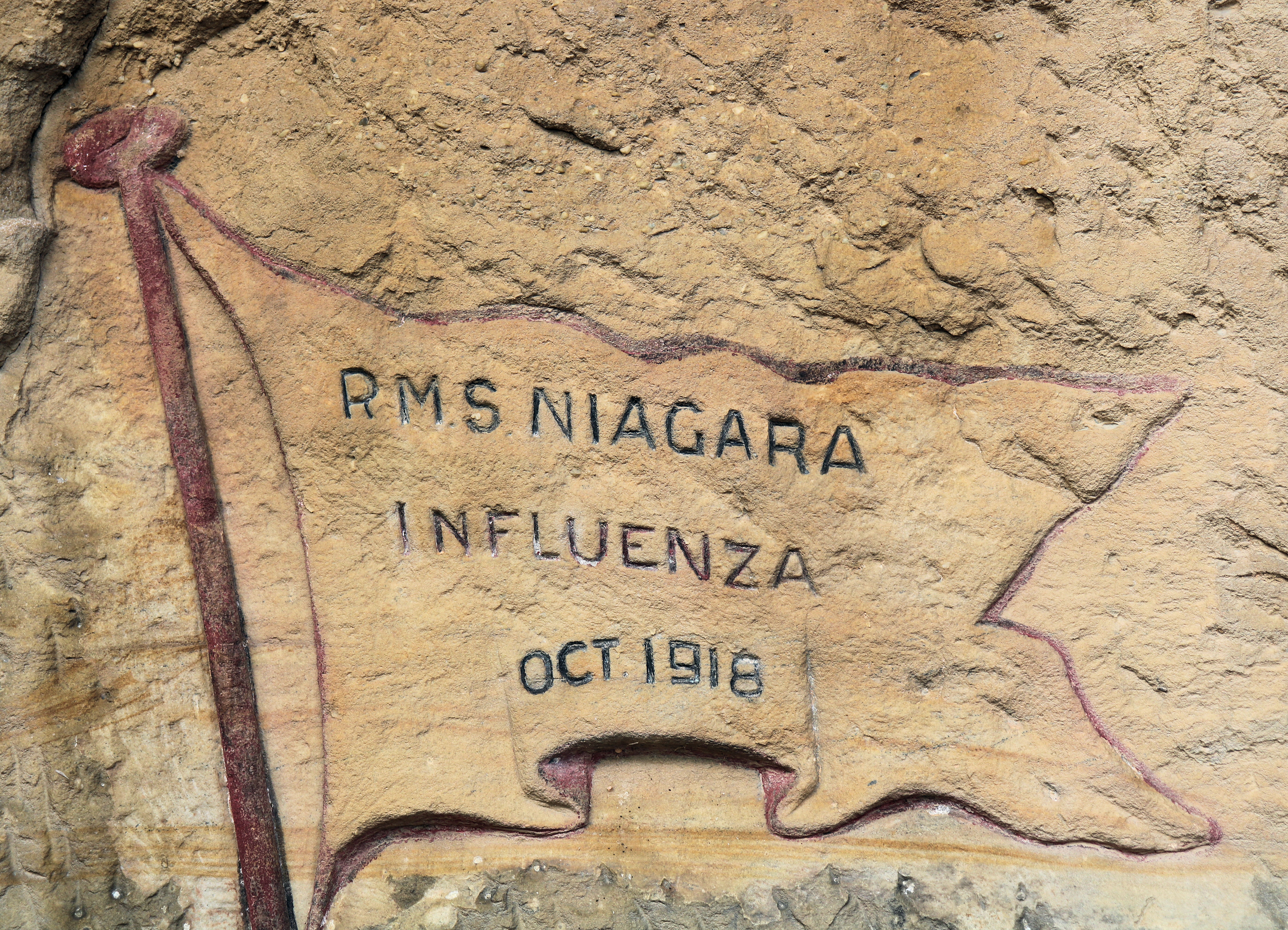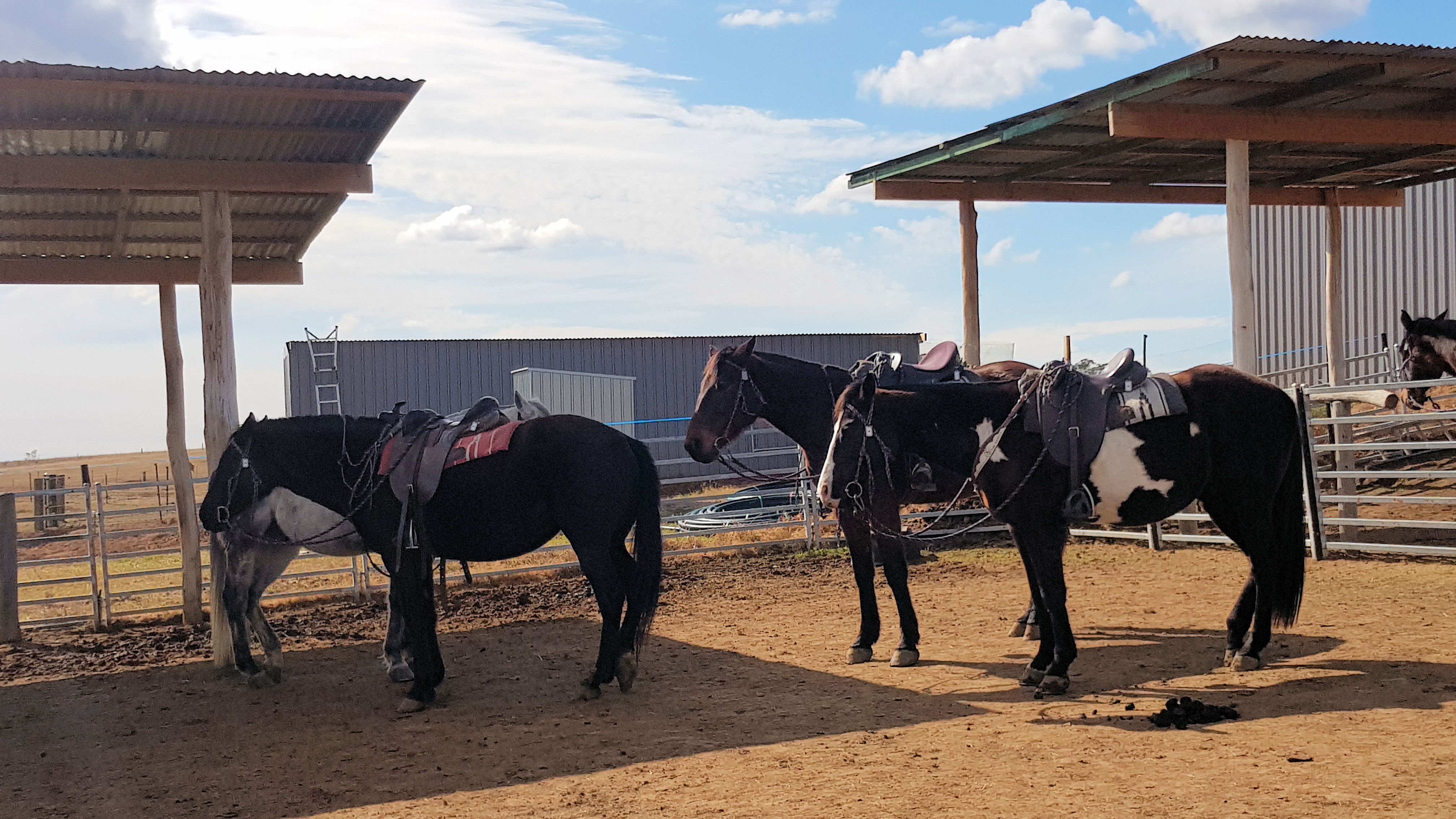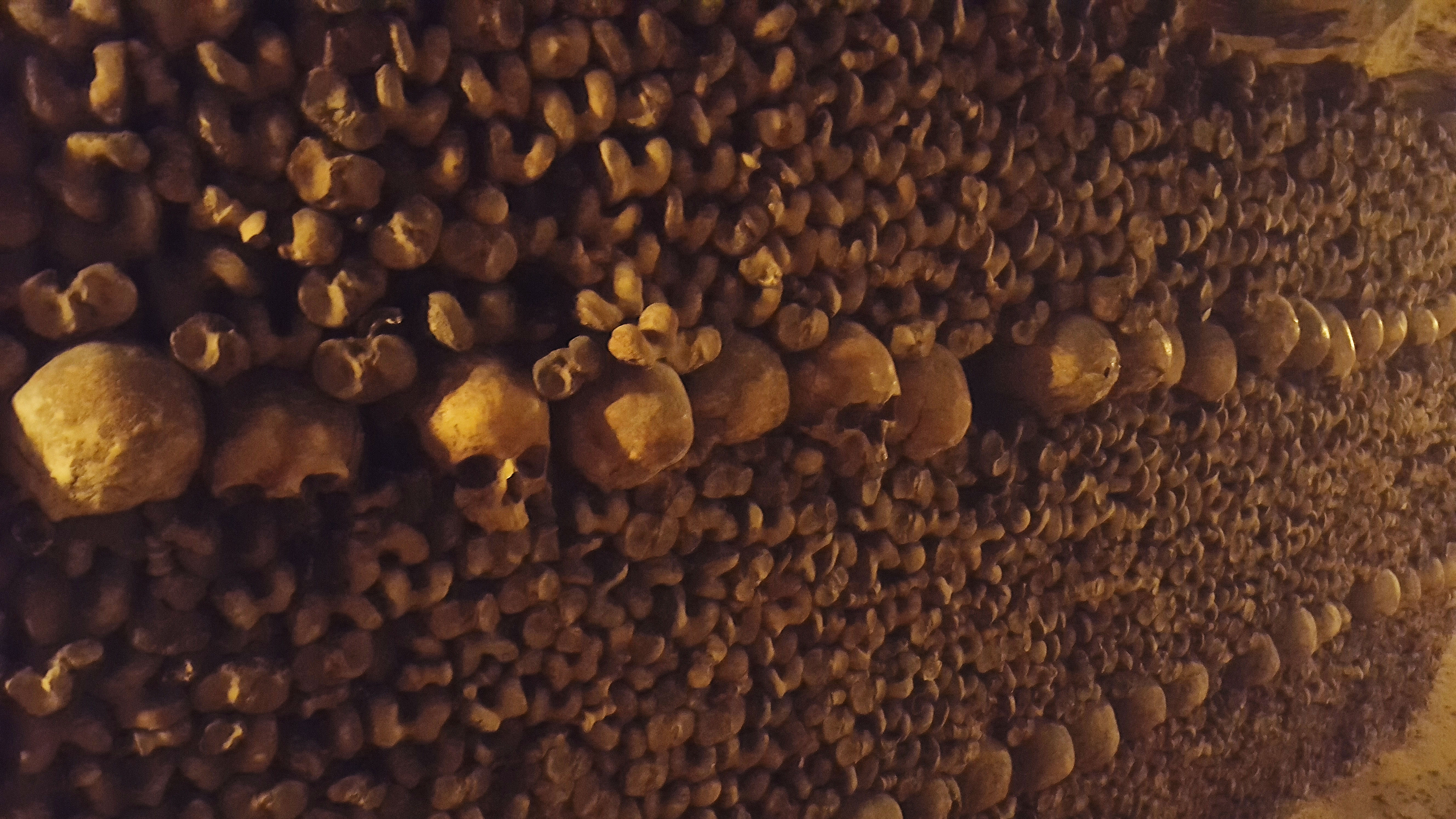Tag: guided tour
-
North Head Quarantine Station Sydney

North Head Quarantine Station An important part of Sydney’s past, North Head Quarantine Station once protected the city from disease by acting as the quarantine station from early in the colonies founding until 1984. Although now disused, and renamed Q Station, it contains accommodation and a restaurant, while preserving the historical significance of the area.… Read more
-
Hunter Valley Horses

Hunter Valley Horses Hunter Valley Horses are located in the Hunter Valley Resort on Hermitage Road, Pokolbin in the Hunter Valley, the same place as the Segway Tours, which makes them easy to find. After filling out a small amount of paperwork and getting a helmet, you meet your horse. The guides teach riding basics… Read more
-
Paris Catacombs Underground Necropolis

The Paris Catacombs are part of the former mine tunnels that riddle the underground of Paris. Originally used to mine the stone used to build many of the city’s buildings, a lack of burial space in the city cemeteries led to the bones of six million people being placed in the disused tunnels between 1786… Read more